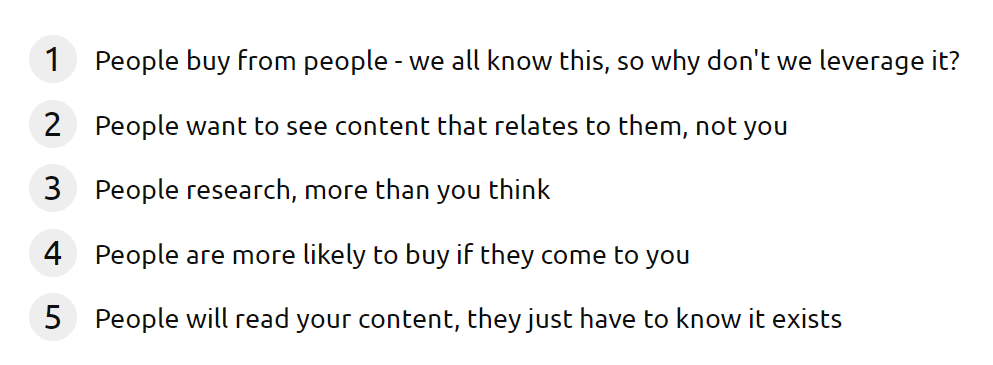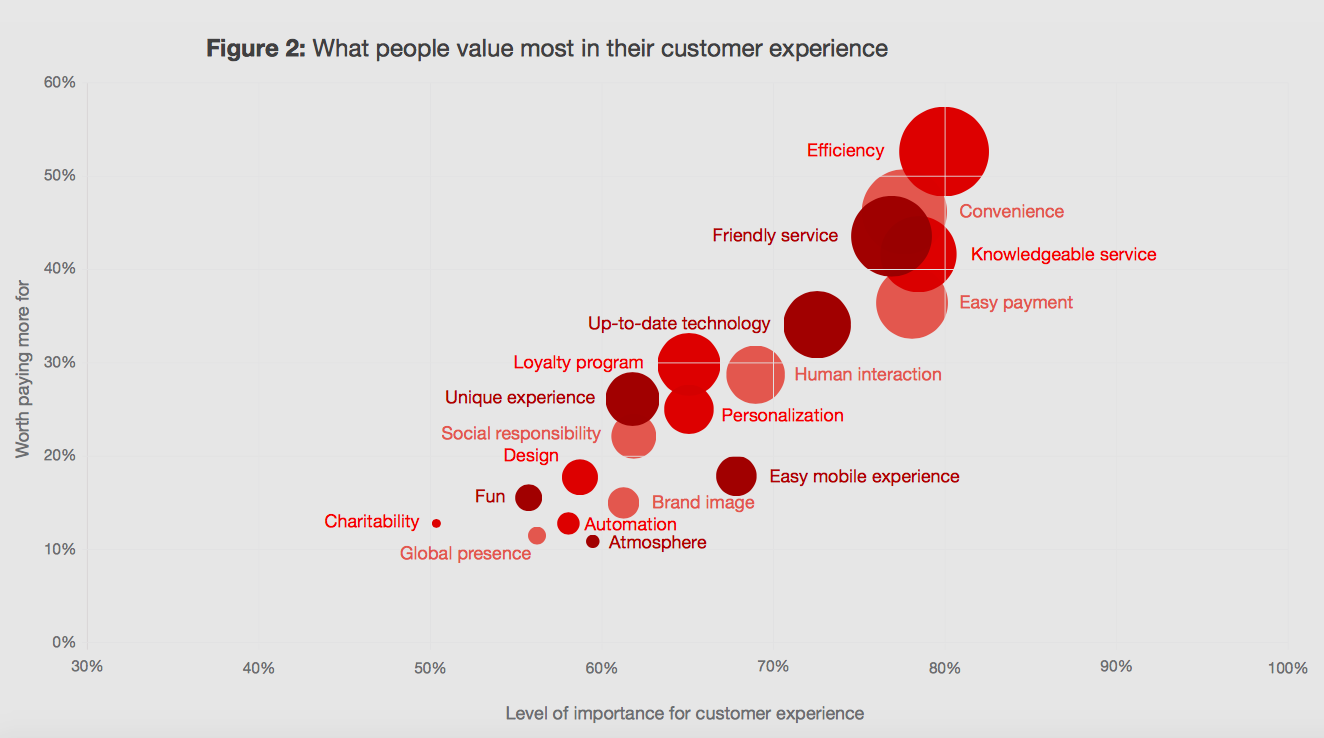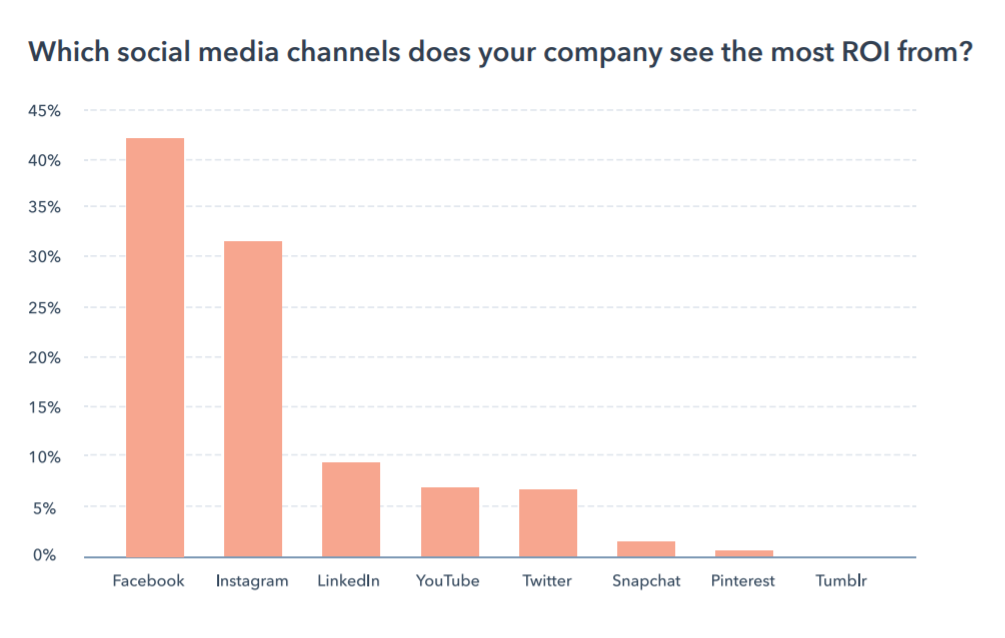
Nobody could have predicted how 2021, much less 2020, would change the face of marketing.
Those who meticulously plan for the year found themselves having to scrap their marketing plans or simply start over from scratch. The road was never easy but the last two years have proven so, for all of us – marketers, brands, and even everyday customers.
While uncertainties can plague the future of marketing or the trends that will shape how we see digital, some things are for certain – the New Year will bring itself equal opportunities and challenges as the global society grows ever more interconnected and transcendent technologies support deeper personalization.
To predict the future trends, let’s first have a quick look at what shaped 2021 in digital.

In 2021, the world gained a total of 7.10 billion mobile phone users – comprising of smart and feature phones – making over 89.76% of the world’s human population.
According to GSMA real-time intelligence data, there are now over 10.53 billion mobile connections worldwide, doubly surpassing the total number of human populations worldwide, meaning that there are 2.62 billion more mobile connections than there are people worldwide.
With an increase in mobile ownership globally, so does the market penetration for brands to reach and engage with a global customer base.
By 2022, mobile advertising spending is expected to surpass $240 billion dollars – placing digital marketing at the forefront of all budget decisions. At the start of the pandemic in 2020, over 65% of CMOs reported heavy budget cuts.
But now, 95% of these CMOs are expecting rising marketing budgets, choosing to focus on improving their tech stacks, such as Microsoft Dynamics and marketing automation, Salesforce.
What We Observed In 2021
- Accelerated trends in digital transformation and improved customer experience: 2021 saw brands optimizing the channels they have to talk to customers in a more personalized manner with the end goal of nurturing those leads through integrated relationship-building.
- Marketing automation on the rise: 76% of companies reported automating their tasks, content, and chatbots to further service their customers.
- Video stays on top as the #1 content-type two years in a row. In 2020, people watched 12.2 billion minutes of video – that’s 23,211 years’ worth of content!
- Social listening was the primary tactic for social media marketing. Over 8 in 10 companies have heavily invested in social media, with hashtags trending as the second top tactic.
- Facebook remains the top platform for ROI, followed closely by Instagram, and LinkedIn at third.
- Strategic keywords became brands’ top tactic in SEO at 71%: SEO is no longer a “nice-to-have” digital marketing strategy, but a necessary venture coupled with an informative and mobile-friendly website.
- Conversational marketing + AI strategies are put in place to ramp up engagement efforts, anytime, anywhere: 24/7 – 365 – support withstanding.
Throughout 2021, brands and marketers have experimented and doubled up on digital transformation initiatives, accelerated by the pandemic’s restrictions on face-to-face or real-life events. 2022 will see all of us moving closer to the next phase of digitalization, with the metaverse and VR dawning on the horizon.
Read more: The Super Impacts of Metaverse on Advertising
What does this mean for 2022?
The future of digital marketing will only grow to be bigger, integrating more personalization and automating wherever necessary – with marketers finding various ways to reach bucketful of potential customers from where they are online, whether it’d be by social media, blogs, websites, emails, influencers – the list goes on and on.
It’s time to embrace the power of what technology can give brands and marketers – a new zest for life through digital, to explore more digital (and virtual) initiatives, optimize and launch campaigns through formats never-before-seen, and still keep that same close casual interaction with customers.
Ready for a game-changing year? Take note of these trends!
- Influencer marketing will still be a huge driver of leads/revenue – even for B2Bs
While technologies like the metaverse, VR and AI keep evolving, people will still remain the focus for the new year, not technology. Marketing has moved beyond simply guaranteeing sales over the past few years. As there is a significant push for brands and marketers to make marketing more human again, humanized content and messaging will be vital for brands to compete and distinguish themselves from their counterparts.
One key way to distinguish themselves is through having trusted spokespersons – or in this case – influencers – as brand ambassadors and advocates. People don’t want to buy from brands, they buy from people. Revenue growth can only exist if there is trust in brands.

elfo Tip: Choose influencers who represent the value of what makes your brand truly you. Instead of chasing larger followings, go for sensible engagement rates and relatable authenticity according to the budget you have.
- Customers aren’t just looking to buy your product – they’re looking to invest in a world-class experience!
The most important person in every business is the customer and it’s often been said, every year is the year of the customer. Not only are most customers impatient (due to the variety and frequency of close competitors), they also expect big, big things from your brand. If you’re selling mashed potatoes, think fish tacos delivered straight on a silver platter.
Okay, maybe not as dramatic as that – but you get the drift. Most customers are looking to get the most bang out of their buck, so prepare to ensure a seamless customer experience across all delivery channels – right up to aftersales, which is a very important part of the purchase journey.

elfo Tip: Show your customers you’re willing to go the extra mile just to make them happy and satisfied. Efficiency, transparency, and friendly service are great and all, but don’t forget to ensure your marketing domain aspects are covered sufficiently – from brand image, company reputation, up-to-date technology, easy payment systems to simplified mobile experience and social responsibility.
- Personalized content and audience building have the potential to bypass third-party cookie deprecation

Modern digital ads rely heavily on data to automatically optimize. The recent privacy regulations like the iOS update, Google Sandbox, and the imminent removal of third-party cookies have been reducing the data used in AI.
With a higher difficulty to gain access to customers’ zero and first-party data, businesses will need to work doubly smarter to develop personalized, relatable, and transparent content strategies and plans with great values for customers to benefit from.
elfo Tip: We all know “content is king”, but engagement is the queen! Without interactive content that poses a solution to a customer’s want or need, there can be minimal to zero engagement. In a world with increasingly stricter privacy laws, this is the time to bridge the communication gap between your brand and your customer.
Read more: Programmatic Advertising in a Cookie-Less SEA
Not sure about the digital journey? At elfo, nothing is too challenging for us to solve. Our digital marketing team can boost your business to new heights – the best part is – we don’t bite! Reach us here to find out more.






